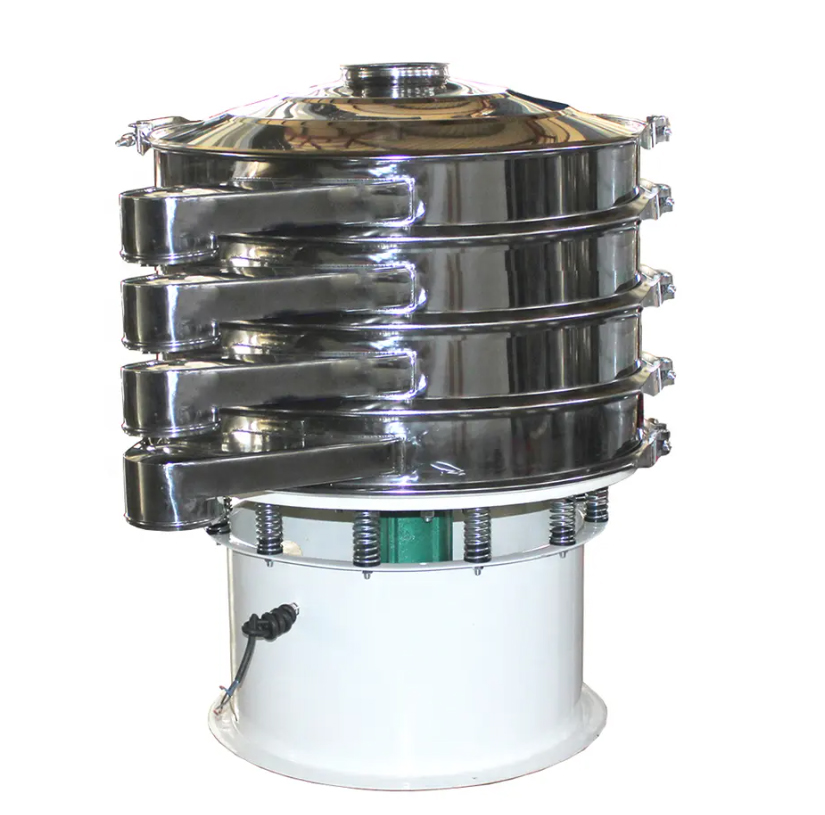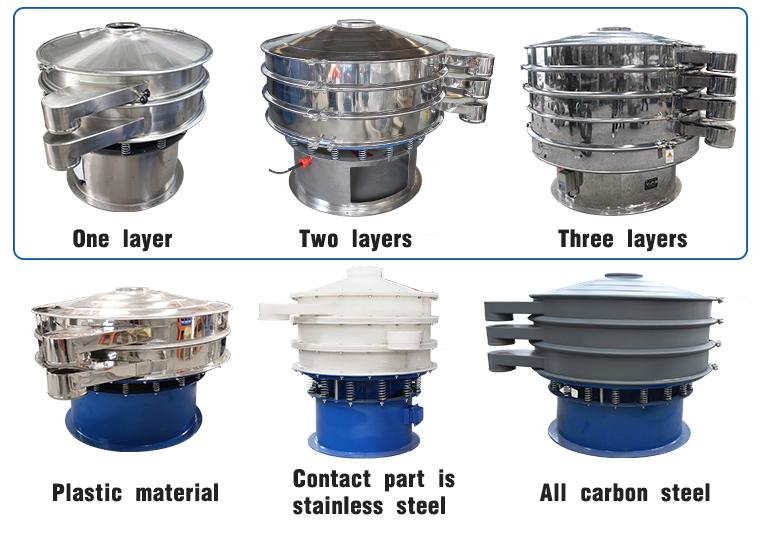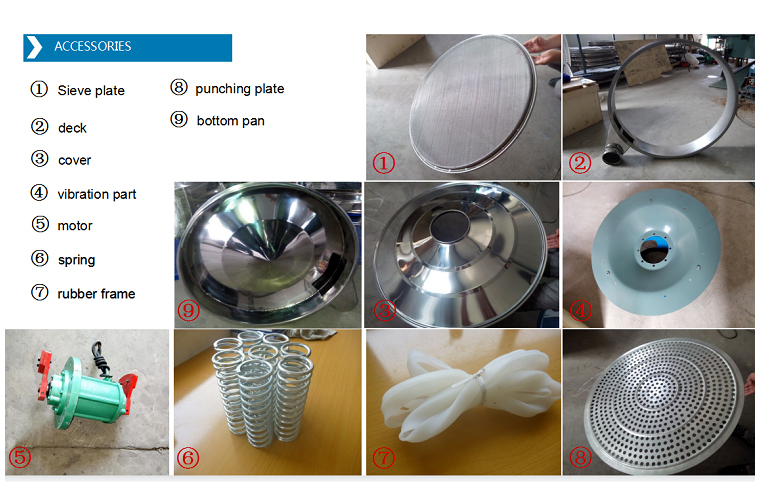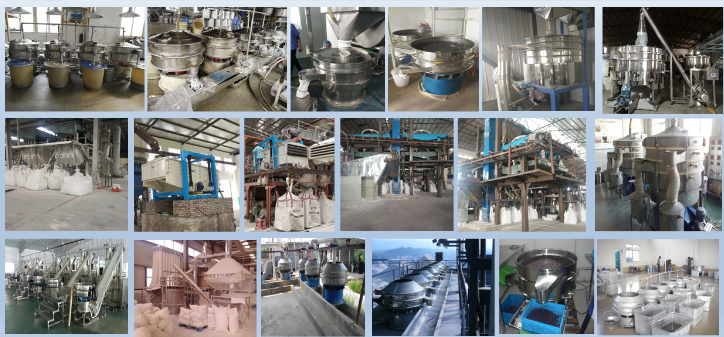Sieving machines can be used in the grading and sorting of insect larvae, particularly in the production of animal feed and pet food. Insect larvae are a rich source of protein and other nutrients, and are becoming increasingly popular as a sustainable and cost-effective alternative to traditional protein sources such as meat and fish.

Here are some specific applications of sieving machines in grading insect larvae:
1. Separation by size: Sieving machines can be used to separate insect larvae by size, ensuring that larvae of a consistent size are used in the production of animal feed and pet food.
2. Removal of impurities: Sieving machines can remove impurities, such as dust, dirt, and other debris, from the insect larvae, ensuring that the finished product is of high quality and free from contaminants.
3. Sorting by species: Sieving machines can be used to sort different species of insect larvae, ensuring that larvae of the correct species are used in the production of animal feed and pet food.
4. Grading by quality: Sieving machines can be used to grade insect larvae by quality, based on factors such as protein content, fat content, and other nutritional characteristics.

Sieving machines offer several advantages in grading insect larvae, particularly in the production of animal feed and pet food. Here are some specific advantages of using sieving machines in grading insect larvae:
1. Increased efficiency: Process large quantities of insect larvae quickly and efficiently, resulting in increased production throughput and reduced labor costs.
2. Consistent grading: Ensure that insect larvae are graded consistently, based on size, species, and other characteristics, resulting in more accurate and reliable grading.
3. Improved quality: It can remove impurities and ensure that the insect larvae are of high quality, resulting in better nutritional value and increased palatability for animals.
4. Cost-effective: Relatively inexpensive and require minimal maintenance, resulting in reduced equipment costs and increased cost-effectiveness.
5. Versatility: Can be used to grade a wide range of insect larvae species, making them a versatile tool for insect larvae processing.
6. Reduced waste: Help to reduce waste by ensuring that insect larvae of the correct size and quality are used in the production of animal feed and pet food.
Here is an example of a customer case of a sieving machine being used in grading insect larvae:

A company in the Netherlands that specializes in producing insect-based feed for animals was facing a challenge in grading insect larvae efficiently and accurately. The company was using manual methods to sort the insect larvae by size, but this process was slow, labor-int aggressive , and prone to errors.
Solution: To address this challenge, the company invested in a sieving machine that was specifically designed for grading insect larvae. The machine used a series of mesh screens to separate the larvae by size, and was equipped with a dust extraction system to remove impurities and maintain a clean production environment.
The new sieving machine allowed the company to grade insect larvae more efficiently and accurately, resulting in a more consistent and high-quality product. The machine was also easy to clean and maintain, reducing downtime and increasing production throughput.
Results: As a result of the investment in the sieving machine, the company was able to increase production capacity and reduce labor costs, while also improving the quality of their insect-based feed products. The company was able to expand their business and enter new markets, thanks to the increased efficiency and consistency of their production process.

Overall, the application of sieving machines in grading insect larvae can help to ensure that the finished product is of high quality and consistent in terms of size, species, and nutritional content. This can result in a more efficient and effective production process, with better quality finished products and reduced production costs.
Address:China,Yanjin county forest park gate to the west 1000 meters north road.